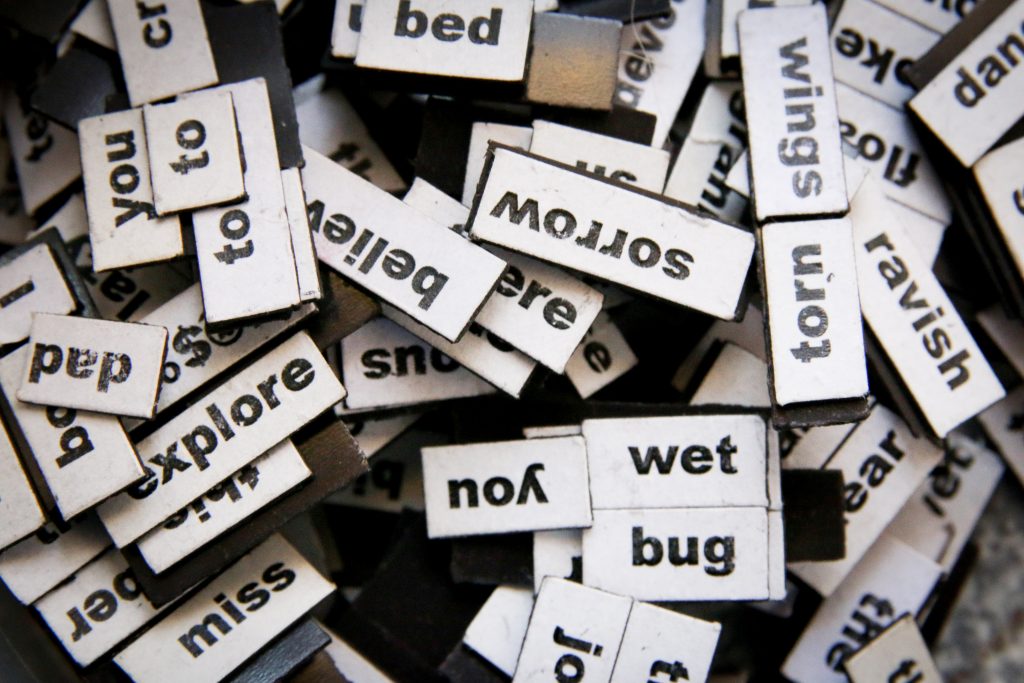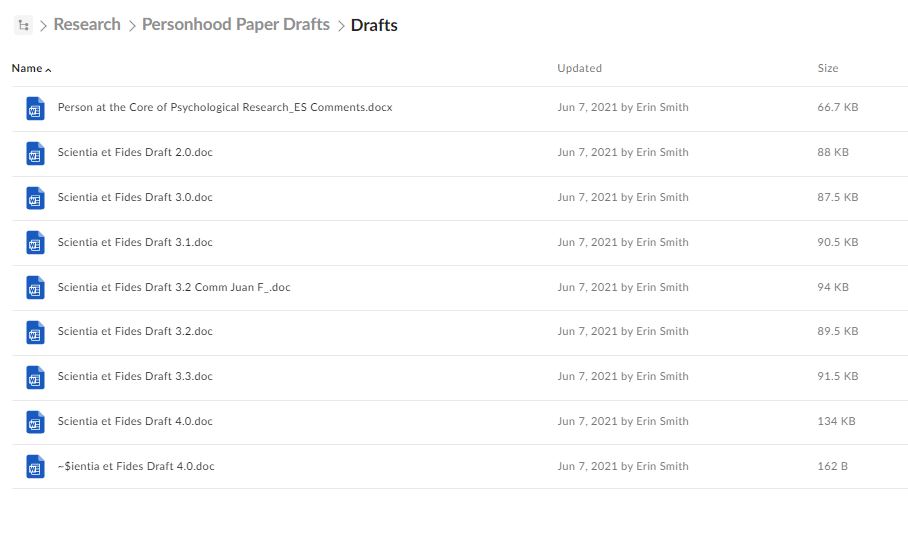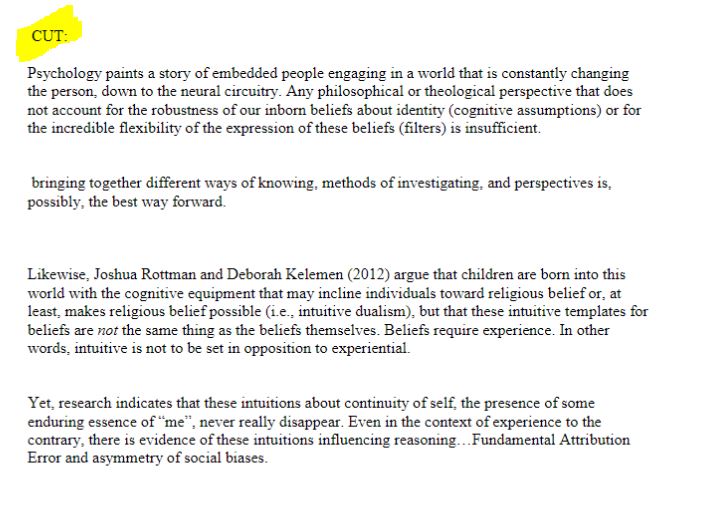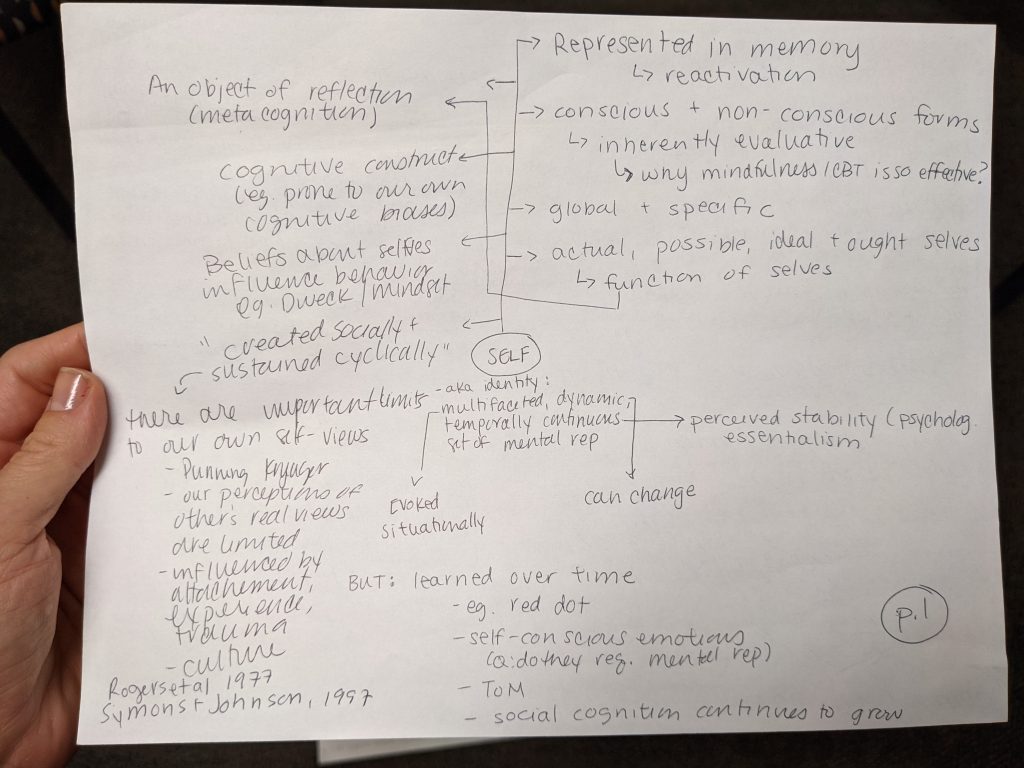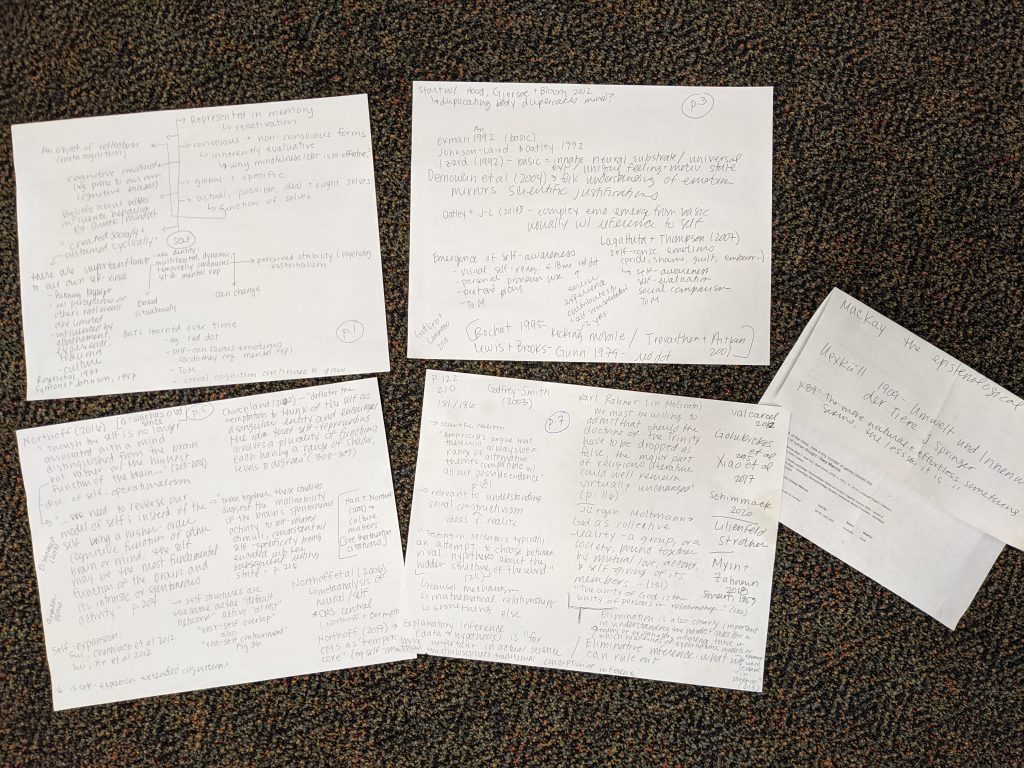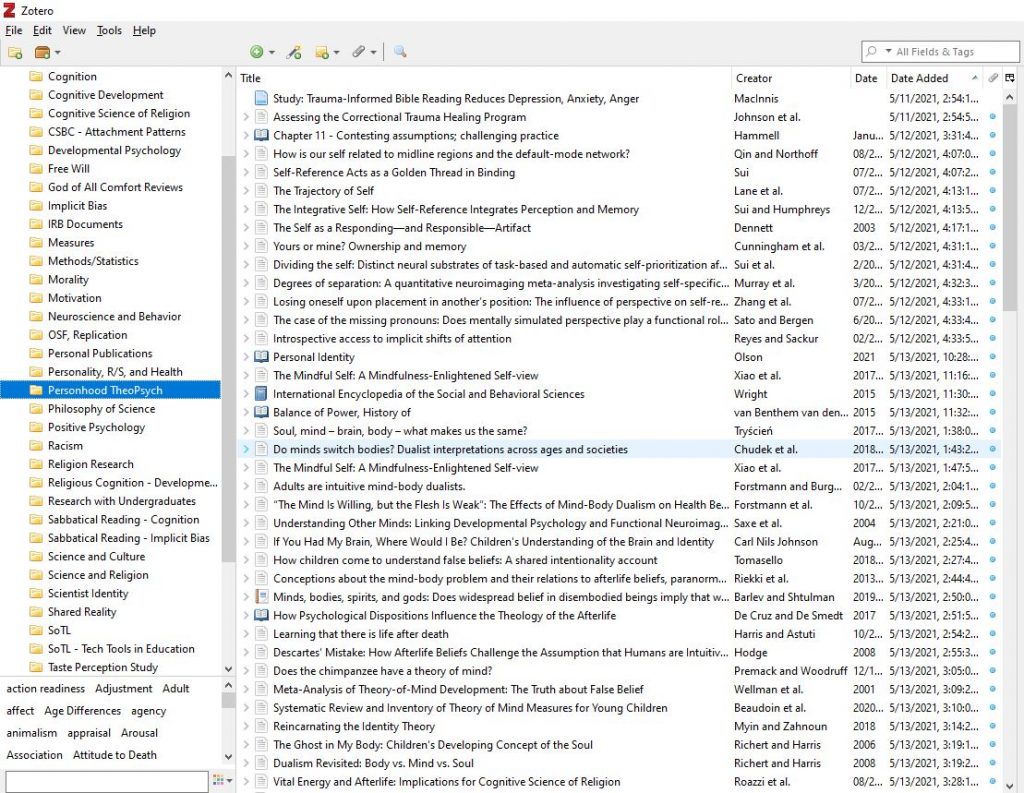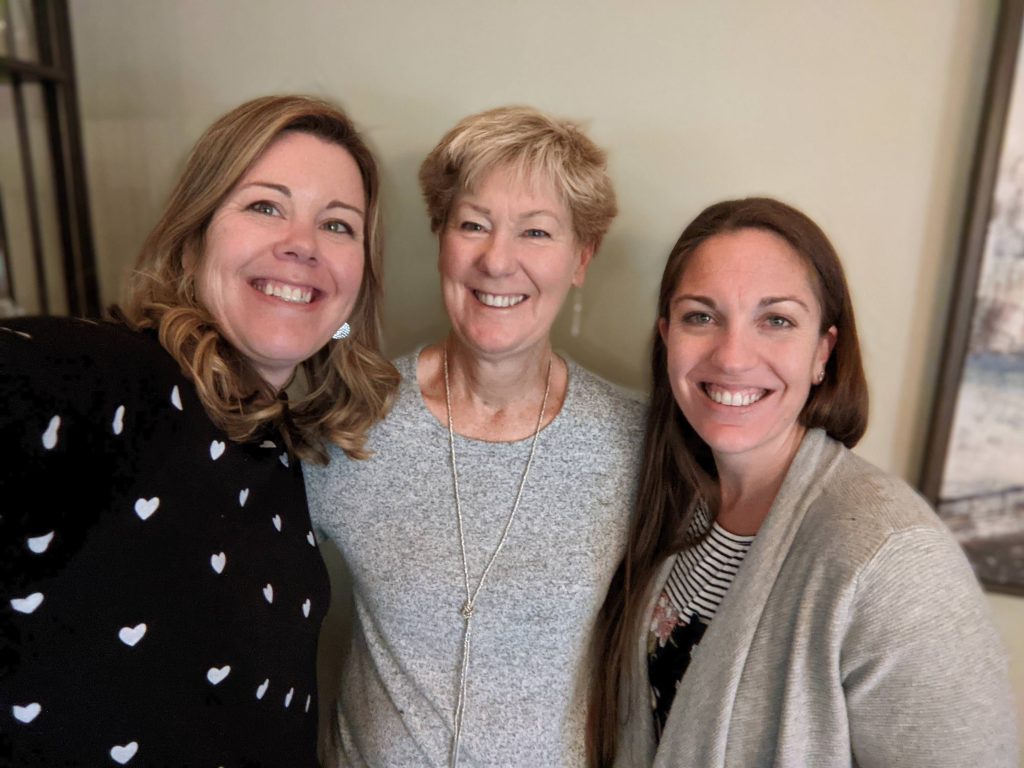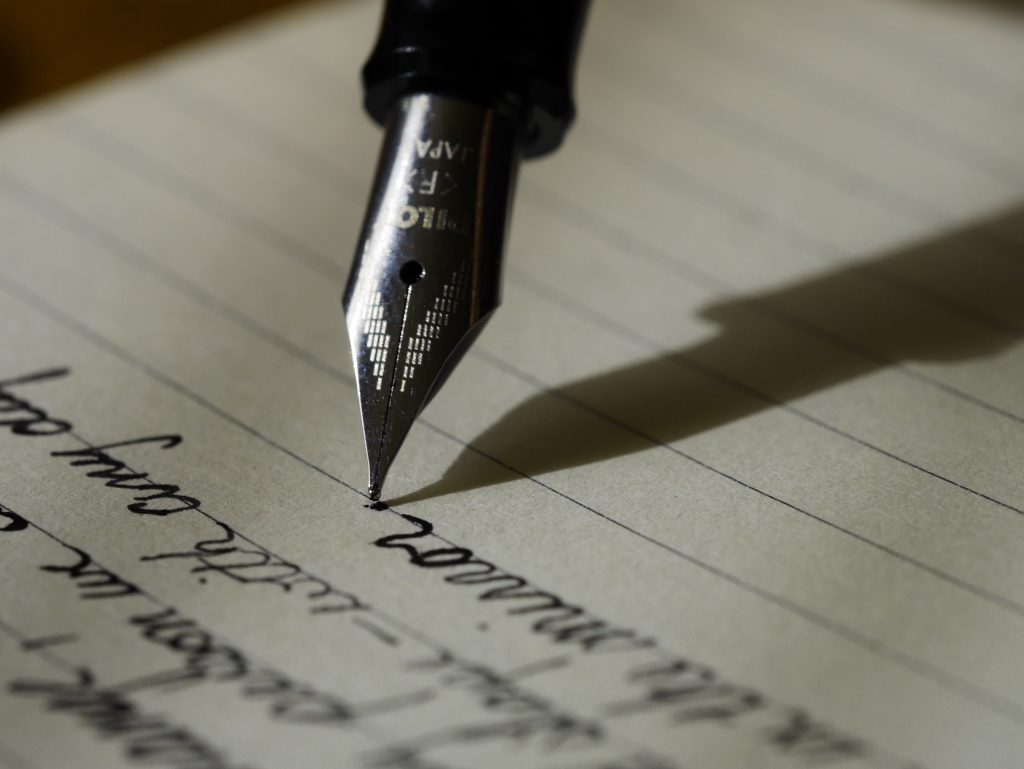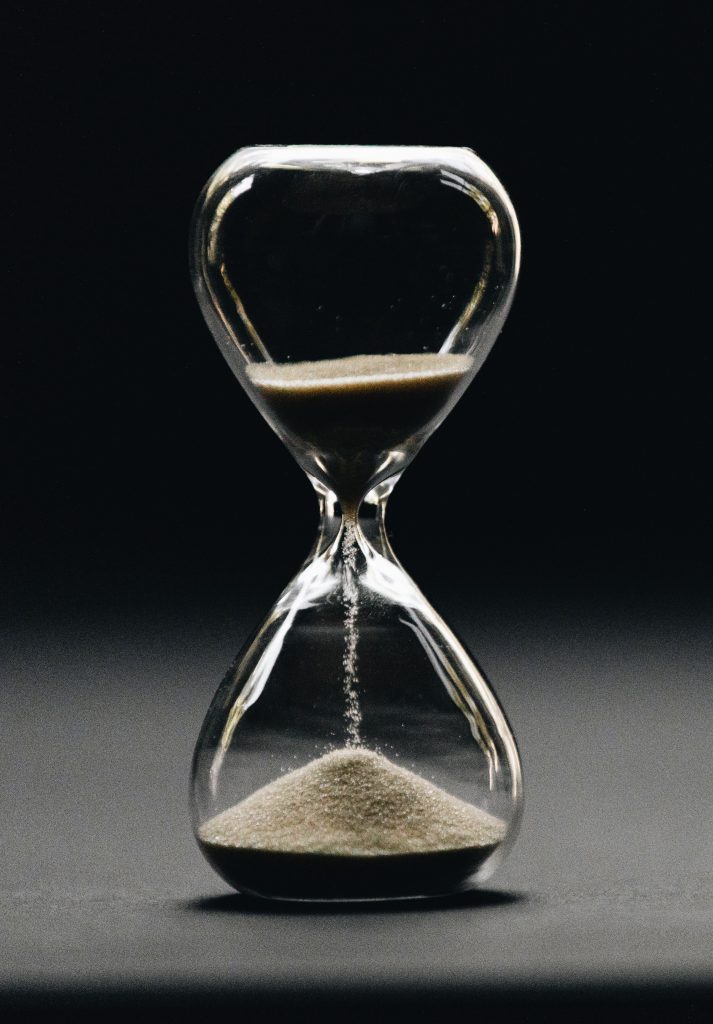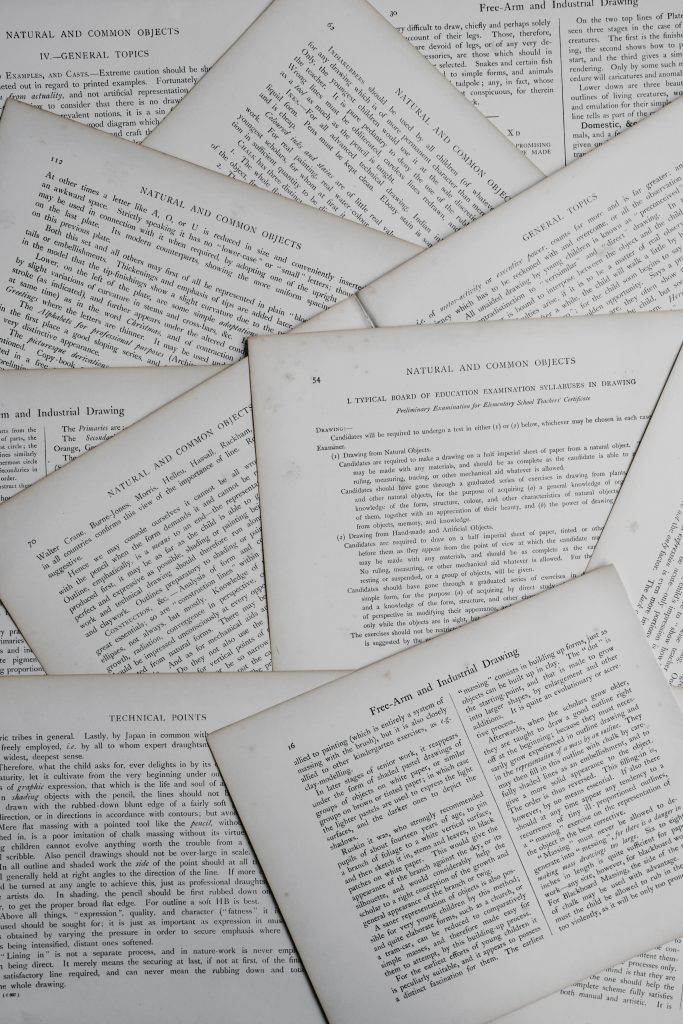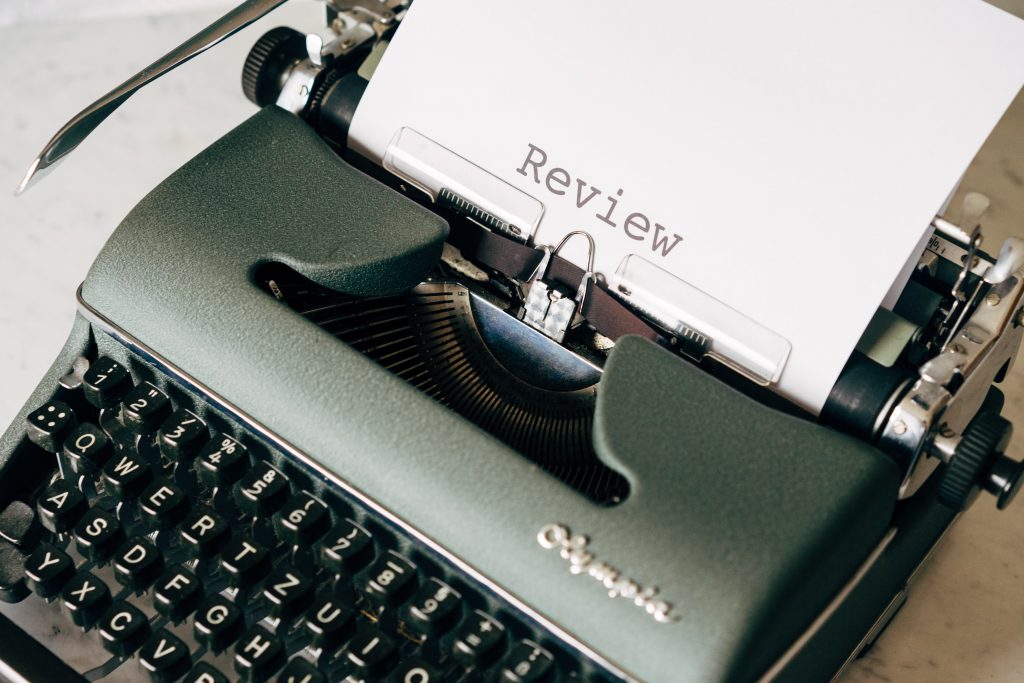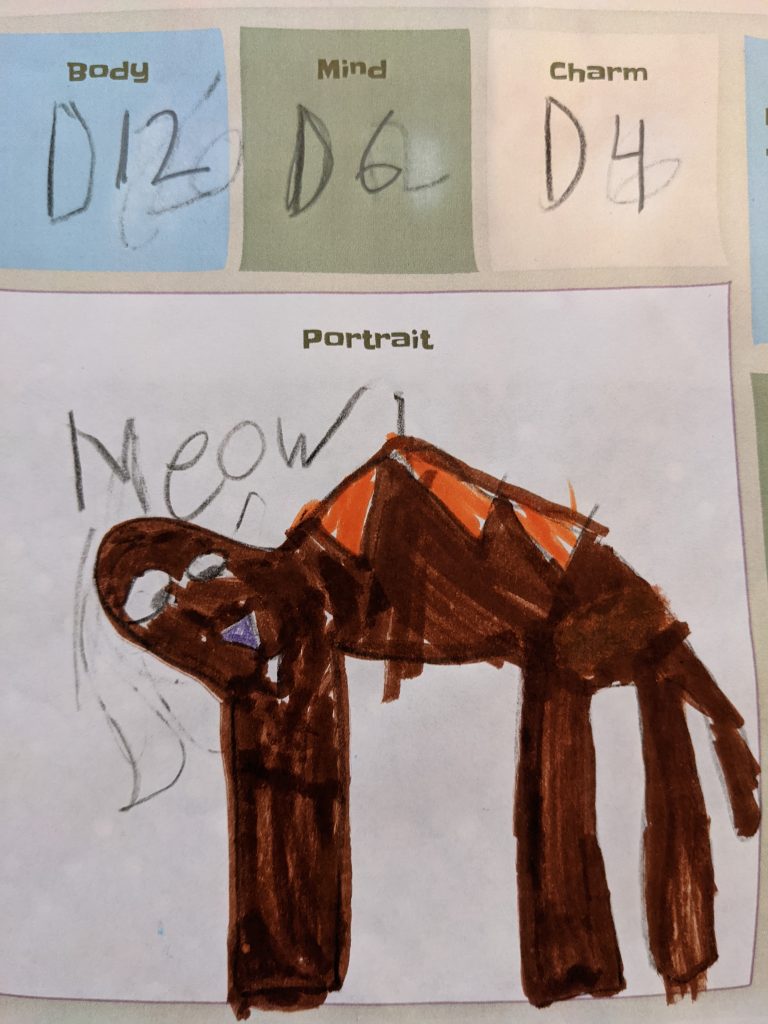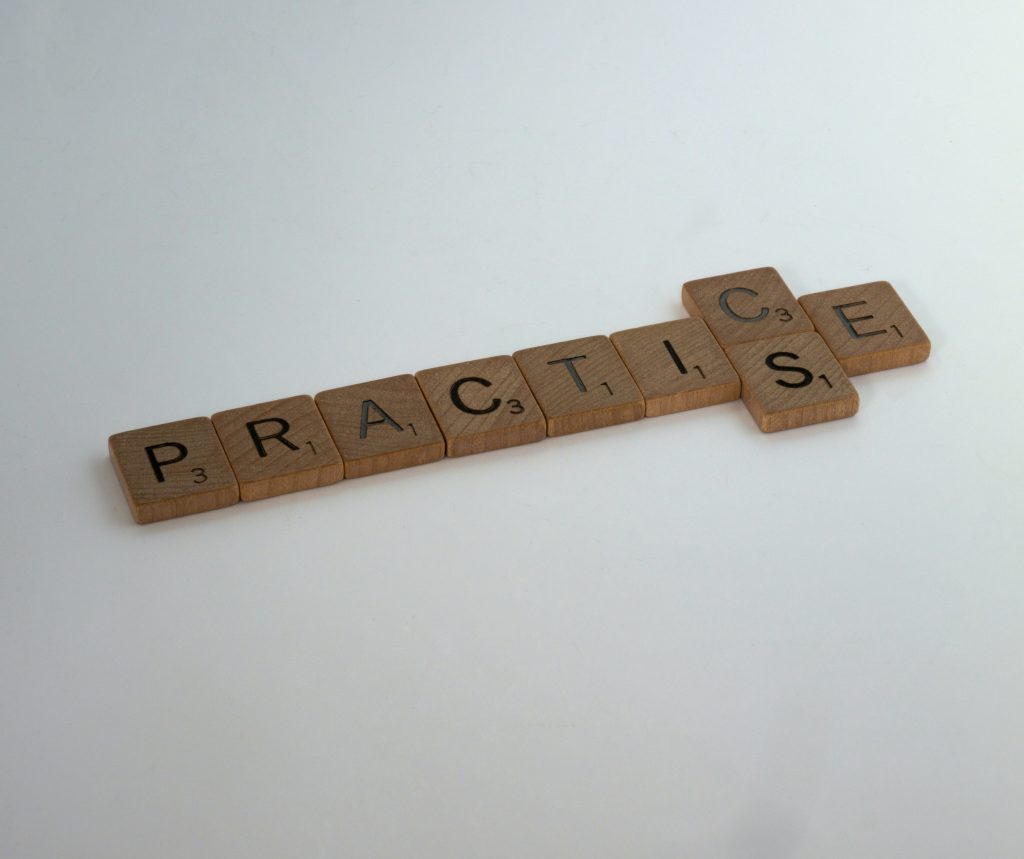
Following my freshman year on a Division I collegiate swim team, I decided to transfer to another institution. I transferred, not because I wasn’t swimming well, or because my degree program wasn’t offered, or because I wanted to be closer to home (I was already a short 2-hour drive away); but because, to my detriment, I did not feel like I fit in on the team I was competing for. More than that, I felt like my own personal vision and values didn’t align with the organization’s. In the words of an Industrial-Organizational Psychologist (IOP), how I experienced person-organization fit within the organization culture did not align with what I needed as an individual. In the field of IOP, the term person-organization fit is used to demonstrate a relationship or match between the employee (athlete) and an organization (collegiate athletics team). Specifically, research on person organization fit reveals that when there is a successful match or relationship, the employee is more likely to not only succeed at their job, but to also be retained by the organization (Schmitt et al., 2012). In my own experience, I was able to identify how a lack of alignment with the athletics team I was competing for led to an organization loss: the organization was unable to retain me as a Division I All-American Athlete (Rousseau, 1998).
During my high school swimming career, I had emerged as the 4th highest ranked athlete in the country and was recruited by top Division I (DI) universities. However, what I discovered is, as a junior in high school, it is very difficult to make a decision that will impact the course of your entire life (shocking, I know, right?). Sometimes the most exciting school, as seen through the eyes of someone in high school, isn’t the best “fit” long-term. To give some perspective on the number of student-athletes struggling to find an organization where they “fit,” in 2020-2021, some 14,766 student-athletes at NCAA DI institutions decided to transfer. In other words, they were not retained and decided to leave their current athletic program. Out of those 14,766 only 1,303 (8%) matriculated (enrolled full-time) at another institution. Another 662 (5%) withdrew completely, and the remaining 12,801 (87%) are still looking for another institution to call home (NCAA, 2021). These 12,801 student-athletes resulted in an approximate $343,322,820 loss in tuition, total, because they couldn’t or didn’t find another institution at which to continue their athletic career. In other words, these student-athlete’s initial decision to transfer because of a mismatch with their organization has significant costs for the institution. While COVID-19 played a tremendous role in the number of student-athlete transfers during the 2021-2022 academic year, the percentage of student-athletes who are deciding to transfer continues to increase. Therefore, it is in the interest of the school to maximize their retention strategies to assist their student-athletes in finding person-organization fit. That is where the science of people at work has meaningful, evidence-based solutions to provide.
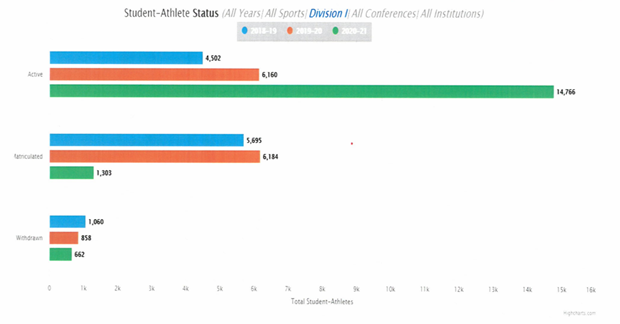
From the perspective of an IO Practitioner, three specific strategies can be drawn from to increase person-organization fit and generate a higher level of retention for athletic organizations. These are:
- Employee (Athlete) Engagement. Employee Engagement is known to be increased by employees (athletes) having a positive outlook on the vision of the organization, feeling like they are learning on the job, and feeling like they are involved and belong at the organization (Desai, 2021). However, employee engagement tactics alone do not maintain retention; it must also be facilitated by effortful communication between the athletes and the leader (Ng. et al., 2006). This effort may take the form of conversations around effective communication with teammates or increased transparency during the recruitment/selection process. Success in this area is identified by individual or group flow for student-athletes, which is often indicative of engagement (Turaga, 2018). Flow state is defined as a mental state in which a person performing an activity is fully immersed in what they are doing while experiencing intense feelings of involvement and enjoyment. Flow-state can be understood and measured through the student-athletes perception of time passed while performing a challenging task (Im & Varma, 2018).
- Mentorship. From a research standpoint, the value of mentorship, as seen by organizations, is undeniable. The presence or lack of mentorship predicts salary, job satisfaction, organization socialization, and retention (Alper, 2017). Not only that, but mentorship indicates a relationship with elite-level success for athletes of all sports (Hoffman et al., 2019). Mentorship not only predicts retention and success for athlete mentees, but it also demonstrates similar relationships for the mentors themselves (Hoffman, 2019). Some going even so far as to say that the mentor/mentee relationships helped them take their athletic careers to the next level (Hoffman et al., 2019).
- Gratitude. College students who make an effort to express gratitude throughout their academic careers demonstrate correlations with psychological well-being, decreased burnout, higher organization commitment, retention, and a more profound feeling of personal accomplishment (Mofidi et al., 2014). For athletes specifically, an increase in gratitude is correlated with higher sport satisfaction, lower burnout, and lower psychological stress. Further, gratitude is associated with a higher level of perceived social support as athletes became more receptive to resources offered to them (Gabana et al., 2019). This research implies resources increases organization commitment via athlete buy-in, increasing the number of student-athletes that the organization retains.

With retention in mind, it is essential to discuss action steps to implement these three strategies in collegiate athletics environments within the United States. First, increasing employee (athlete) engagement can be as simplistic as providing specific, relevant, learning opportunities whether technical or psychologically related (Desai, 2021). Alternatively, collegiate athletics organizations can find employee (athlete) engagement in building necessary connections. Findings from the research predict that opportunities for athletes to connect outside of their sport is not only wanted but increasingly essential to facilitate belonging (Ng. et al., 2006). Second, collegiate athletics organizations can implement mentorship through the creation of a peer mentorship program. Specifically, mentees shouldn’t be partnered with mentors on their sports teams but instead connect with partners on another team. Boundaries like the above increase the amount of psychological safety the athlete can experience should they seek advice on a situation or conflict within their team (Hoffman, 2019). Finally, gratitude training and workshops are excellent ways to help the athlete see value in the organization and increase social connectedness. The provision of materials regarding support services and resources following the gratitude training/workshop increases the athlete’s chance to utilize them. In turn, this increases retention through organization buy-in (Gabana et al., 2019).
By implementing these three strategies and subsequent action steps, athlete retention and perceived organization fit have the potential to experience a significant increase in collegiate athletics organizations. Utilizing these strategies, collegiate athletics organizations will have influence in lessening the inevitable impact of student-athlete turnover and the retention of elite athletes in all sports. The staggering number of transfers in 2020-2021 are representative of the lack of emphasis on person-organization fit in athletics organizations at a Division I level. Retention strategies discussed within this post are beneficial not only because they assist in the promotion of athlete success and well-being, but also because they also benefit the organization itself. Through the implementation of retention strategies, organizations can retain those student-athletes that otherwise might have transferred while reducing the number of tuition dollars lost every year. While this research has demonstrated potential to make an impact in athletics organizations, it also has potential to make an impact for organizations in a general sense. In other words, because retention of the individual is a valued part of a healthy organization culture, how will you encourage your organization to utilize these retention strategies to increase person-organization fit for their employees?

References
Alper, P. (2017). Corporate Mentorship Program. Leadership Excellence, 34(8), 52–54.
Desai, J. (2021). A study on learning organization with reference to employee engagement, retention and job satisfaction in industries [ProQuest Information & Learning]. In Dissertation Abstracts International: Section B: The Sciences and Engineering (Vol. 82, Issue 5–B).
Gabana, N. T., Steinfeldt, J., Wong, Y. J., Svetina, D., & Chung, Y. B. (2019). Attitude of Gratitude: Exploring the Implementation of a Gratitude Intervention with College Athletes. Journal of Applied Sport Psychology, 31(3), 273–284.
Hoffmann, M. D. (2019). Considerations for facilitating the development of peer mentoring relationships between athletes. Journal of Sport Psychology in Action, 10(1), 59–72. https://doi-org.libproxy.calbaptist.edu/10.1080/21520704.2018.1509164
Hoffmann, M., Loughead, T., & Caron, J. (2019). Mentoring identity and the motivation to mentor: A case study of an exemplary peer athlete mentor. The Sport Psychologist, 33(1), 52–63. https://doi-org.libproxy.calbaptist.edu/10.1123/tsp.2018-0020
Im, S., & Varma, S. (2018). Distorted Time Perception during Flow as Revealed by an Attention-Demanding Cognitive Task. Creativity Research Journal, 30(3), 295–304.
Mofidi, T., El-Alayli, A., & Brown, A. A. (2014). Trait Gratitude and Grateful Coping as They Relate to College Student Persistence, Success, and Integration in School. Journal of College Student Retention: Research, Theory & Practice, 16(3), 325–349. https://doi-org.libproxy.calbaptist.edu/10.2190/CS.16.3.b
Ng, T. W., Butts, M. M., Vandenberg, R. J., Dejoy, D. M., & Wilson, M. G. (2006). Effects of management communication, opportunity for learning, and work schedule flexibility on organizational commitment. Journal of Vocational Behavior, 68(3), 474-489. doi:10.1016/j.jvb.2005.10.004
Rousseau, D. M. (1998). Why workers still identify with organizations. Journal of Organizational Behavior, 19(3), 217-233.
Schmitt, N. W., Highhouse, S., Weiner, I. B., Klimoski, R. J., Weiner, I., Schmitt, N. W., & Highhouse, S. (2012). Handbook of psychology, industrial and organizational psychology: Industrial and organizational psychology. ProQuest Ebook Central https://ebookcentral.proquest.com
Turaga, R. (2018). Creating Optimal Experiences with “Flow.” IUP Journal of Soft Skills, 12(1), 38–45.
